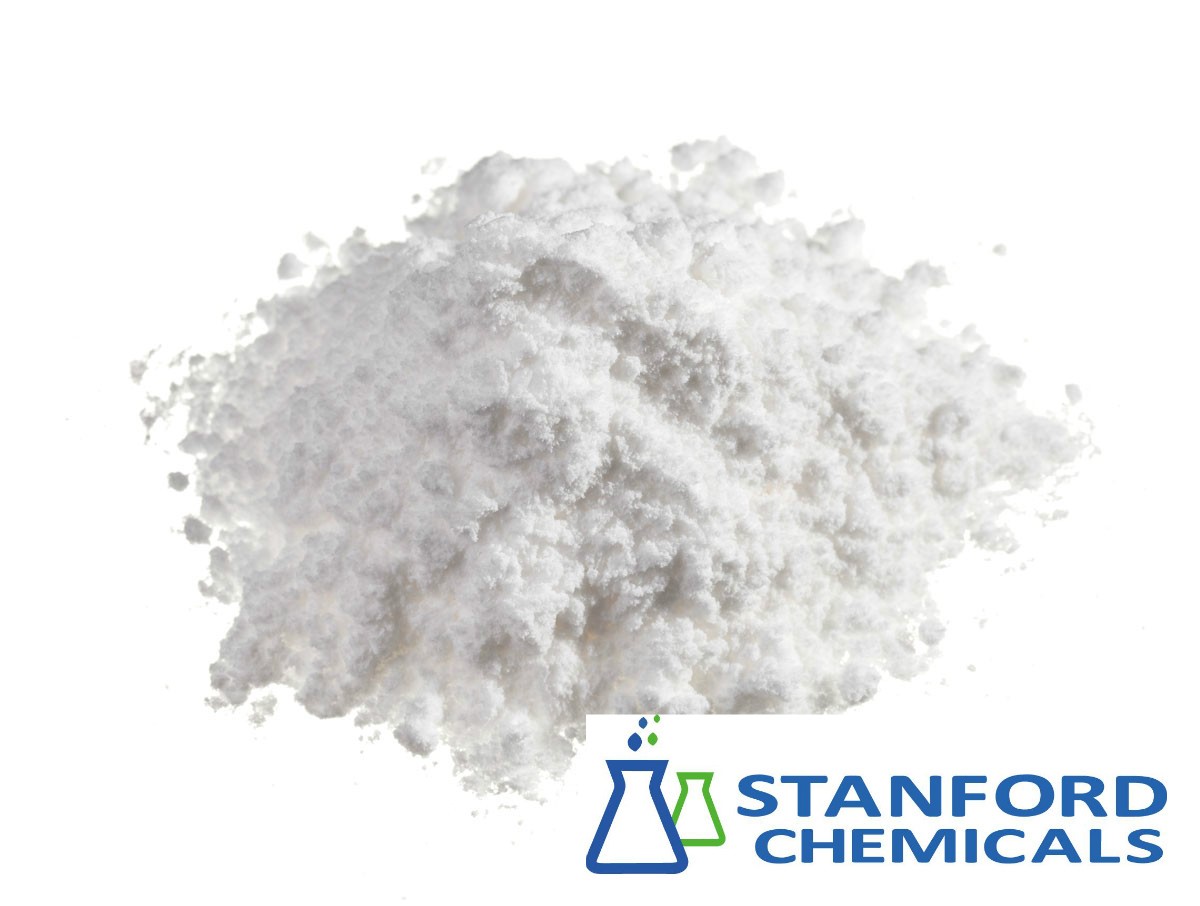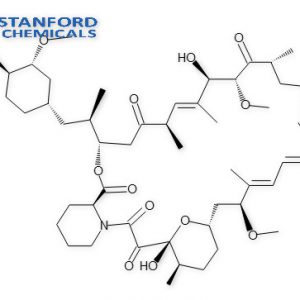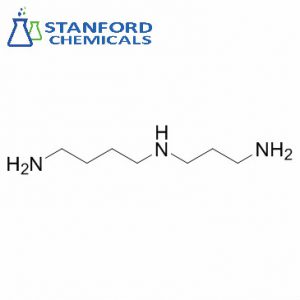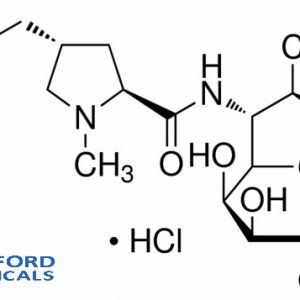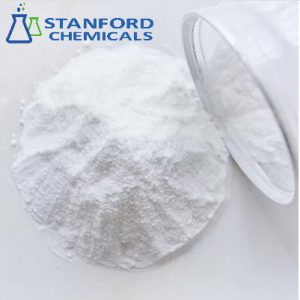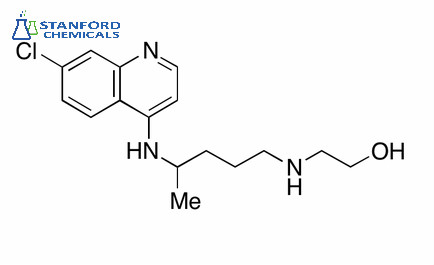- Home
- Pharmaceuticals
- (Discontinued) 040-000-533 Esomeprazole Magnesium
(Discontinued) 040-000-533 Esomeprazole Magnesium
Discontinued
| Type | Active Pharmaceutical ingredient |
| Synonym | (S)-Omeprazole magnesium hydrate, Nexium hydrate |
| CAS No. | 161973-10-0 |
| Chemical Formula | C34H36MgN6O6S2 · xH2O |
| Appearance | white powder |
| Packaging | 50mg |
| Assay | ≥98% |
| Related Products | Valsartan, Irbesartan, Olmesartan Medoxomil |
- Description
Description
Esomeprazole Magnesium Introduction
Esomeprazole magnesium is a proton pump inhibitor (PPI) and the S-isomer of omeprazole (levorotatory form). Its magnesium salt formulation (chemical formula: C₁₇H₁₈N₃O₃S·Mg) offers enhanced stability and higher bioavailability.
Mechanism of Action
It irreversibly inhibits the H⁺/K⁺-ATPase (proton pump) in gastric parietal cells, significantly suppressing gastric acid secretion with greater efficacy than omeprazole:
-
Reduces gastric pH, alleviating acid-related symptoms.
-
Promotes mucosal healing in gastroesophageal reflux disease (GERD).
-
Used in combination therapy to eradicate Helicobacter pylori (Hp).
Esomeprazole Magnesium Specification
| Appearance | white powder |
| Melting Point | >169℃ |
| Content | 98.0% |
| Storage Condition | 2-8℃ |
| Packaging | 50mg |
Esomeprazole Magnesium Applications
Esomeprazole Magnesium is mainly used in the treatment of gastric ulcer, duodenal ulcer, and reflux esophagitis caused by excessive gastric acid secretion.
Side Effects
| Type | Symptoms | Notes |
| Common | Headache, diarrhea, nausea, bloating | Usually transient, resolves after discontinuation |
| Long-term risks | Hypomagnesemia, osteoporosis, vitamin B₁₂ deficiency | Requires monitoring, especially in elderly patients |
| Rare | Interstitial nephritis, C. difficile infection | Discontinue immediately and seek medical care |
Esomeprazole vs. Omeprazole
Omeprazole, the first proton pump inhibitor (PPI), was introduced in Switzerland in 1988 and belongs to the first generation of PPIs. Esomeprazole, introduced in the UK in 2000, is a second-generation PPI.
Chemically, omeprazole exists as a racemic combination of both the R- and S- optical isomers, whereas esomeprazole is the purified S-isomer obtained after removing the less active R-isomer from omeprazole. This refinement results in considerably enhanced acid suppression activity.
Comparative clinical trials on esomeprazole and omeprazole in gastric ulcer treatment have confirmed that esomeprazole has an overall effective rate of 93.24%, significantly higher than that of 73.61% for omeprazole, yet with no statistically significant difference between rates of adverse reactions.

